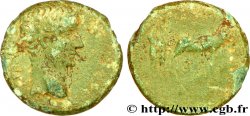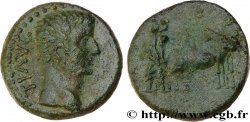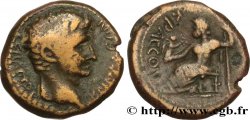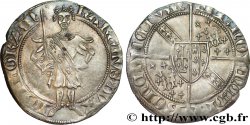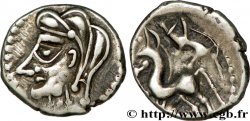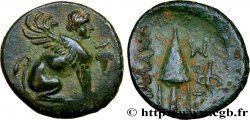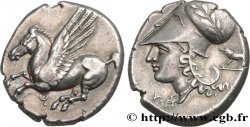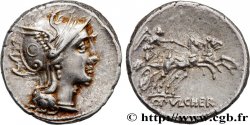Live auction - brm_562552 - TIBERIUS Denier
You must signin and be an approved bidder to bid, LOGIN TO BID. Accounts are subject to approval and the approval process takes place within 48 hours. Do not wait until the day a sale closes to register. Clicking on "BID" constitutes acceptance of the terms of use of cgb.fr private live auctions.
Bids must be placed in whole Euro amounts only. The sale will start closing at the time stated on the item description; any bids received at the site after the closing time will not be executed. Transmission times may vary and bids could be rejected if you wait until the last second. For further information check the Live auction FAQ
All winning bids are subject to a 18% buyer’s fee.
All winning bids are subject to a 18% buyer’s fee.
| Estimate : | 400 € |
| Price : | 250 € |
| Maximum bid : | 250 € |
| End of the sale : | 28 January 2020 14:34:34 |
| bidders : | 1 bidder |
Type : Denier
Date: c. 15-37
Mint name / Town : Lyon
Metal : silver
Millesimal fineness : 900 ‰
Diameter : 18 mm
Orientation dies : 12 h.
Weight : 3,79 g.
Rarity : R1
Coments on the condition:
Flan très légèrement décentré qui reste toutefois parfaitement lisible. Très beau revers. Patine grise
Catalogue references :
C.16 (2 fr.) - RIC.3 - BMC/RE.34 - RSC.16 - RCV.1763 (280$) - MRK.5 /4 (700€) - BN/R.16 - Giard/L1.144
Predigree :
Exemplaire provenant de la collection Luc Corso
Obverse
Obverse legend : TI CAESAR DIVI - AVG F AVGVSTVS.
Obverse description : Tête laurée de Tibère à droite (O*).
Obverse translation : “Tiberius Cæsar Divi Augusti Filius Augustus”, (Tibère César fils du divin Auguste, auguste).
Reverse
Reverse legend : PONTIF - MAXIM.
Reverse description : Pax (la Paix) ou Livie assise à droite sur un siège décoré, tenant une branche d'olivier de la main gauche et de la droite un long sceptre.
Reverse translation : “Pontifex Maximus”, (Grand pontife).
Commentary
Rubans de type 3. Siège avec les pieds droits. Comme pour le denier d'Auguste, cette pièce appartient à l'atelier impérial de Lyon et ce type de denier a circulé pendant pratiquement un siècle. Il se rencontre très souvent avec des monnaies gauloises de la phase terminale dans les fouilles archéologiques. C’est la monnaie romaine la plus courante en Gaule. La première émission se caractérise par un socle représenté par deux lignes et les pieds du siège sont droits au revers.







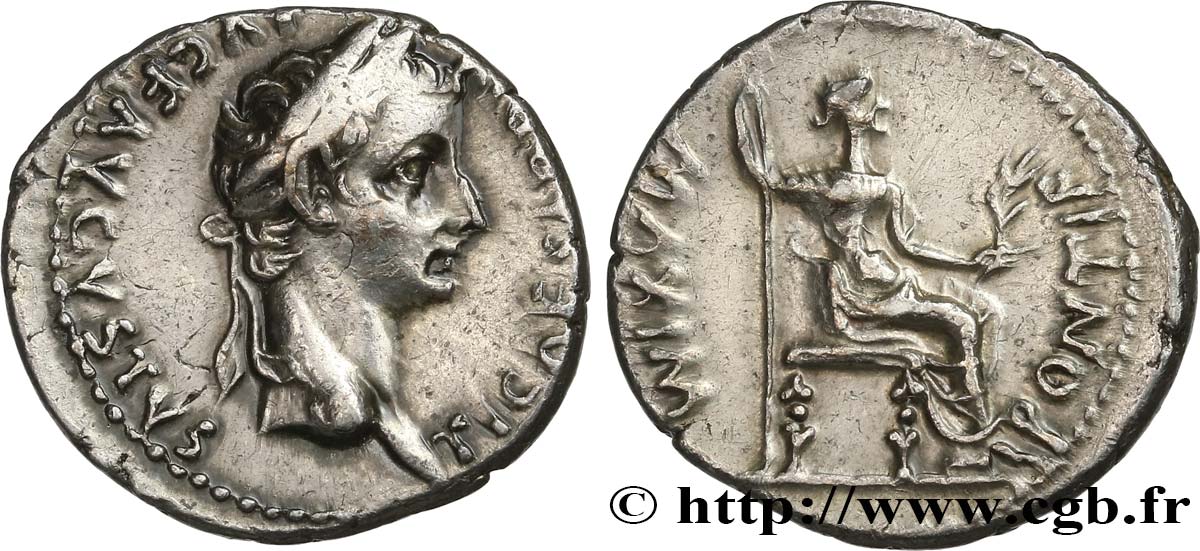
 Report a mistake
Report a mistake Print the page
Print the page Share my selection
Share my selection Ask a question
Ask a question Consign / sell
Consign / sell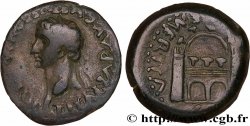
 Full data
Full data
